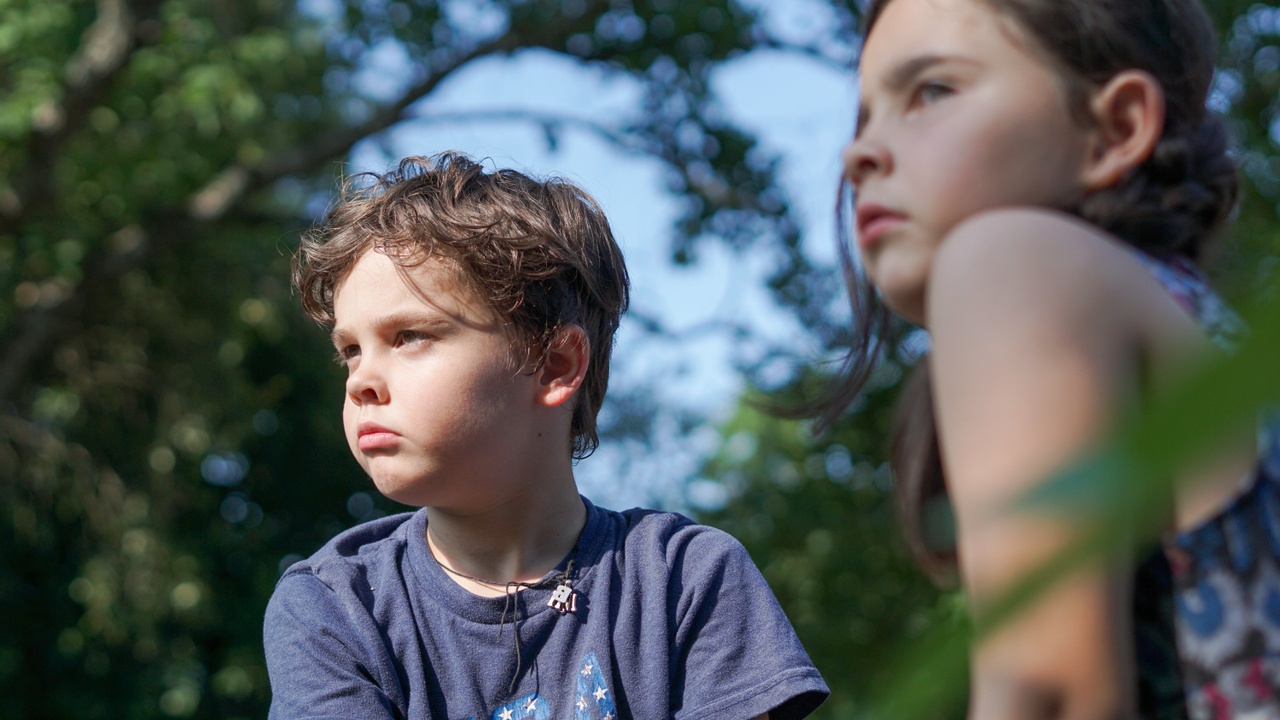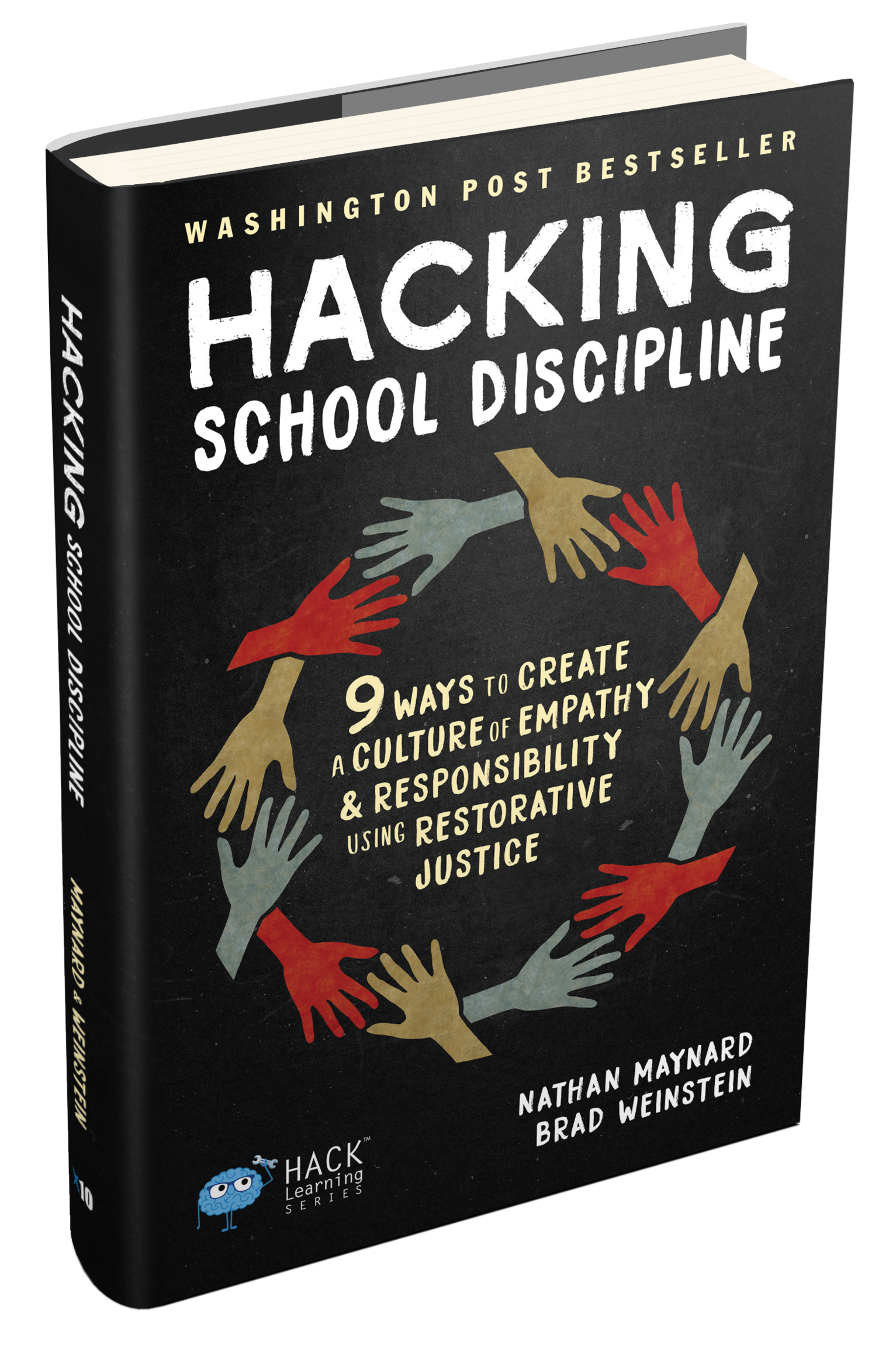Restorative Justice and Creating a Culture of Communication

Educators don’t always give students a voice when they make a mistake. Punitive systems require blaming one party and punishing them to address the behavior.
However, retaliatory consequences create a temporary bandage for an issue. They do very little to unveil the full story and bring all the issues to the forefront.
A student punched another student, and as a result, she was suspended.
We may ask her:
- What did you do to cause this problem?
- What are you going to do differently next time?
But those questions don’t give her a voice in the issue.
They don’t even ask her why she did what she did. The line of questioning is a regular routine and little more than a set of boxes—to which students have scripted answers.
It’s no wonder many students become repeat offenders. We aren’t taking the time to get to the bottom of the issue, which means we aren’t treating the cause. We’re so busy following a routine that we forget to treat the students themselves.
The first step: Creating a culture of communication.
Let’s Talk
We need to figure out how to hear student voices rather than just using one-size-fits-all treatments for discipline.
To do this, we need to seek to understand behaviors instead of just labeling them and assigning consequences. That means that immediately after a negative behavior occurs, we start with a series of open-ended questions:
- What happened?
- What were you thinking about when ___ happened?
- Who did this affect, and how so?
Once you understand more about the behavior, you can take the next step into the restorative discipline process.
Restorative mediation is one way to deal with conflict in a constructive, supportive forum to create a resolution that addresses every aspect of the situation.
Mediation plays an important role in this process because you, as the leader, need to umpire the conversation to ensure it comes to a harmonious resolution.
The core values of restorative mediation (all beginning with the letter “r”) illuminate the steps an educator or mediator should take when preparing an effective mediation.
Respect is the foundation of a positive mediation experience. If all parties are interested in repairing the problem, they must respect one another’s insights and emotions throughout this process.
Relationships are the next step. Allow students to tell their side of the story so they learn to communicate and hear one another.
A student may be surprised to hear that the other student might have lashed out because her grandmother recently passed away, and knowing that changes their opinions. Human issues are usually relatable, and relationships can be built through that common understanding.
Responsibility means both parties involved in negative behaviors must own their actions and consequences to move forward. See the steps below for ideas on how to brainstorm meaningful and logical consequences as a team.
Repairing the harm asks us as facilitators to get creative. Instead of just suspending students or assigning detentions, mediators must brainstorm tactics that will genuinely restore balance to the situation.
If a student called his teacher a derogatory name, perhaps he could write a letter of apology after school hours. If two students teased another student on a public online forum, lead them toward a meaningful resolution. (Perhaps they would be interested in writing at least five positive social media posts about their peer.)
Repairing the harm takes the entire team’s agreement, though the facilitator must pave the way through creative thinking.
Reintegrating the student or students into their normal routine after this meeting should be handled with respect and care. Offer to check in on them the next day or ask if they need to take a short walk to clear their mind before returning to class.
When students act out, it’s not always easy to swallow their pride and return to business as usual. That return to normal life must be part of the equation for the mediation to work.
Holding students directly and personally responsible for their behavior sparks intrinsic change. Mediations give students insight into the real impact of their behavior. Combine them with restorative practices, and you have the formula for empathy, positive culture, and lasting change.
Overcoming Resistance
Mediations take patience and have to be looked at as an investment. The skills used in the mediations can be multi-purposed and incorporated into other areas of students’ lives.
That doesn’t mean that everyone will understand them—or their importance. Following are examples of the pushback you might receive from both teachers and students.
This isn’t my job.
Student success is your job, no matter what role you play in a school. A successful school culture starts with relationships and focuses on participation and investment from all, especially during a conflict.
Spending time cultivating conflict resolution tools based on open communication is a win-win for everyone.
Where can I find the time?
Before class, after class, during students’ lunch, or the next day (you don’t want to let it lie for too long, but do your best with what you have) are all reasonable solutions for this pushback.
The more time you dedicate to creating successful students who feel heard, the easier your job will be. Chances are, if you do not dedicate the time upfront to fully resolve a conflict, offer closure, and create a plan to prevent repeat behaviors, you will spend more time on this issue again in the future.
Mediations are investments that offer amazing results.
This won’t work.
You might think, “My students will just fake all of this. They won’t mean it, and nothing will change!” In reality, they could. It doesn’t have to be that way, and you influence student buy-in.
This is why you don’t want to lead with closed questions like “Are you mad?” or “Are you going to do this again?”
Change them to “How are you feeling right now?” or “What do you think will happen in the future if you talk with her first?”
We have practiced mediations like that for a decade and can tell you that it’s hard for students to fake it in front of their enemies or the persons they offended. When you hear them, target feelings and give the students praise and affirmations.
Encourage communication! It won’t flow right away, but be patient. Once you hit that target, you’ll get buy-in from the students, and change will happen.
Students can solve their own issues when you provide them with a constructive forum to do so, and mediations are that forum.
Teach the students to keep relationships at the forefront of every decision and run a mediation with open-ended, leading questions.
Focus on empathy and praise emotional literacy to help students learn how to handle conflict in positive ways, and remember to keep several foundational principles at the core of the mediations:
- Identify what led to the behaviors
- Discovering what has happened since the behaviors
- Understanding underlying factors that created the issue



